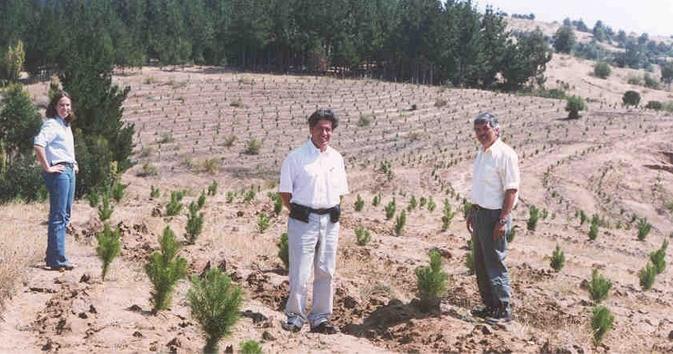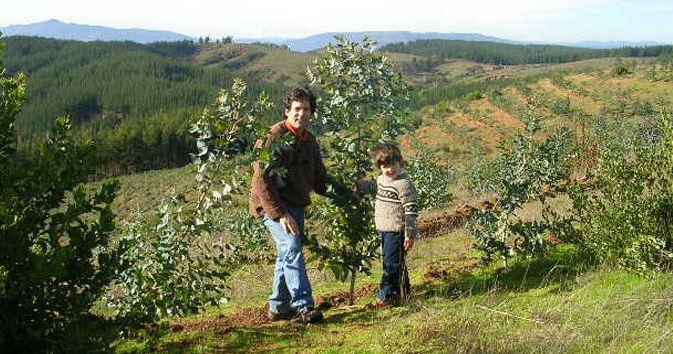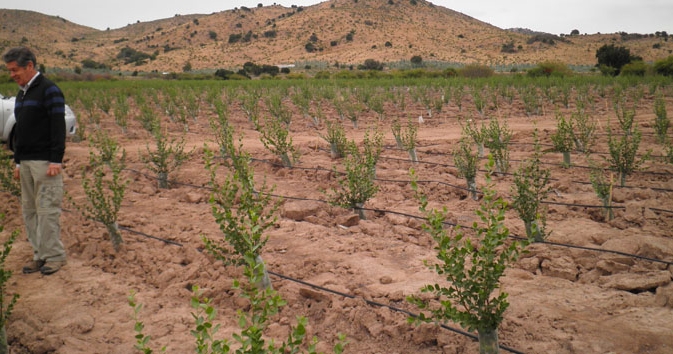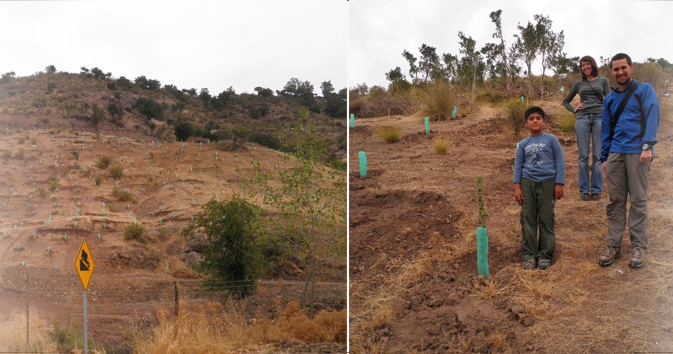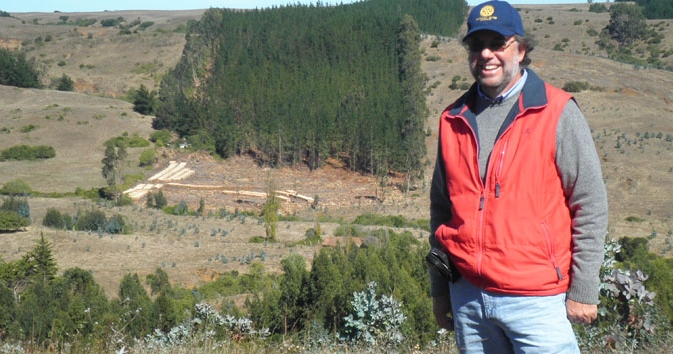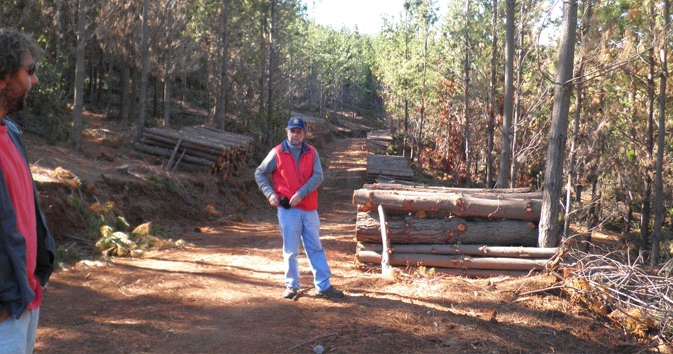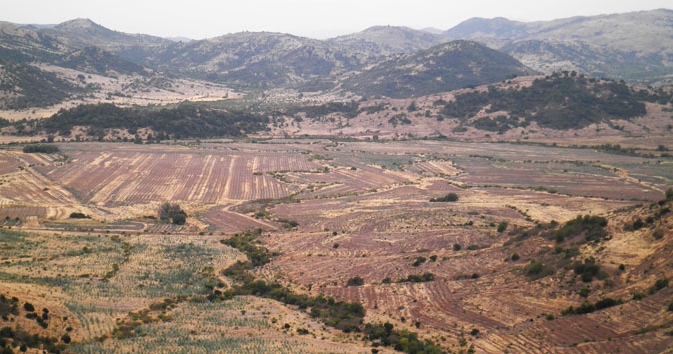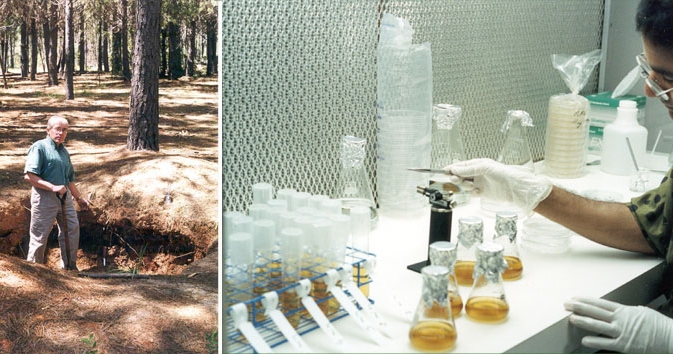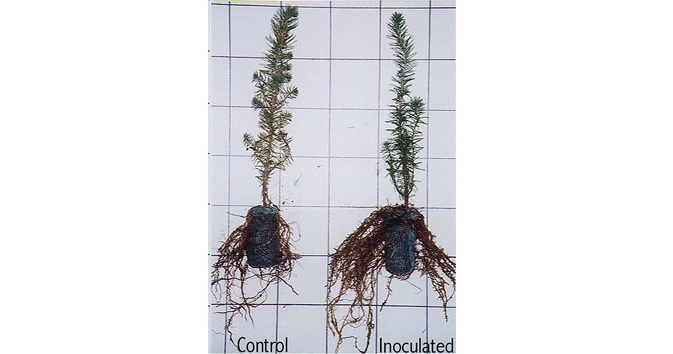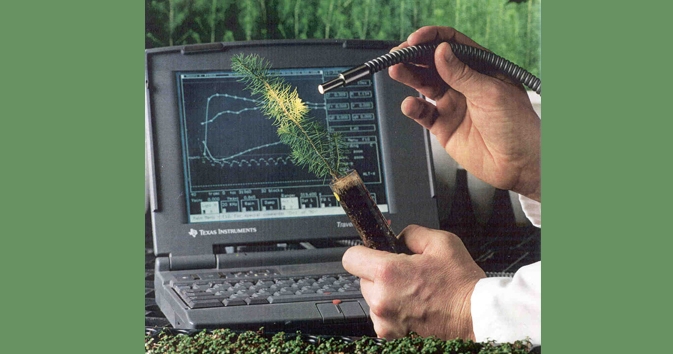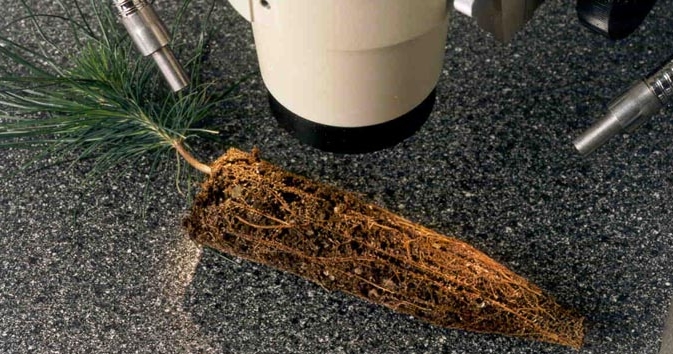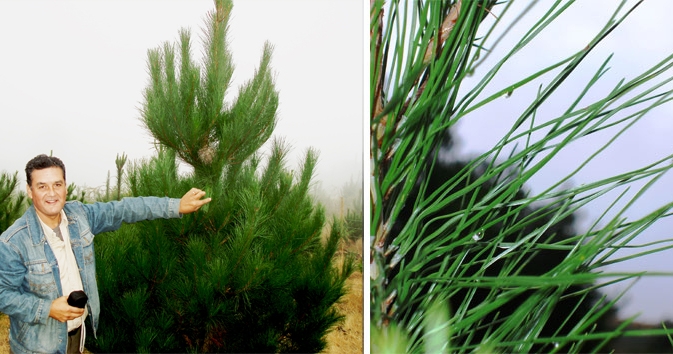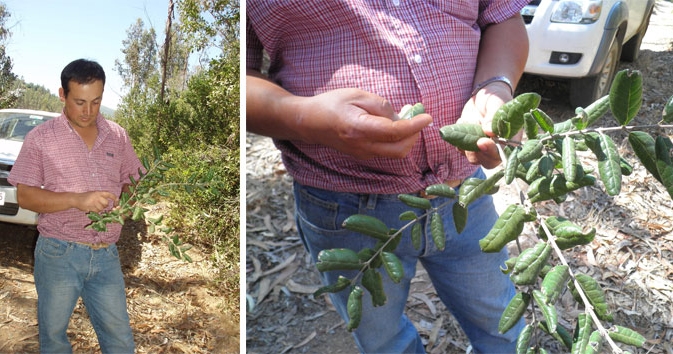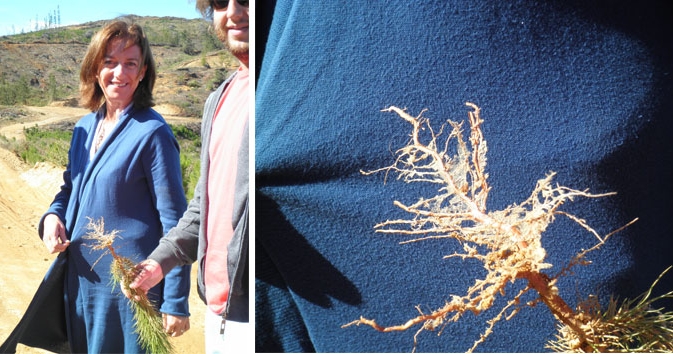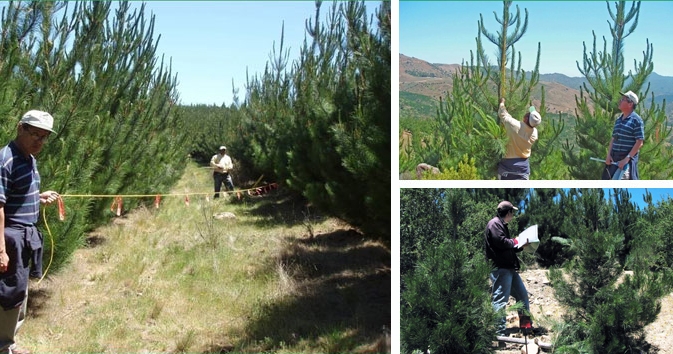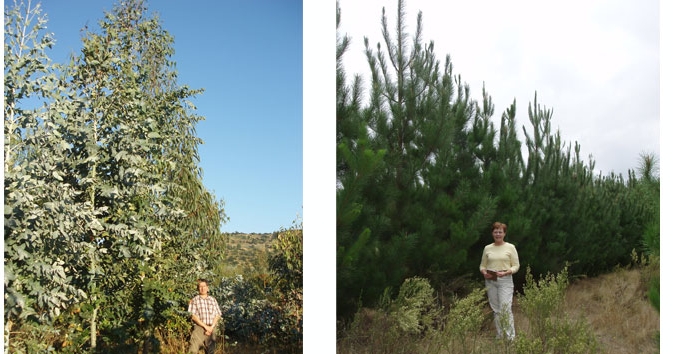Mycorrhizae and Adaptation to Climate Change
Mikro-Tek’s technology also helps forests and plants adapt to climate change. Under current climate change scenarios, global warming and an increase in the frequency of extreme weather events are expected to have a significant impact on ecosystems worldwide. Increases in the occurrence of drought, floods, ice storms and fluctuating temperatures can damage and stress plants, and plants under stress are more susceptible to disease, insects, and damage from further climate or stress events. A joint research project between Mikro-Tek and Ontario Forest Research Institute (OFRI) in 1997 showed that mycorrhizal inoculation of reforestationThe conversion of non-forested land to forested land through planting, seeding and/or the human induced promotion of natural seed sources, on land that was forested, but that was converted to non-forested land (e.g. through forest harvesting). Mikro-Tek's domestic forestry projects fall within this category because they are part of Canada's reforestation program, whereas projects in Chile are considered afforestation projects because they convert grassland to forest.
Click here to view the full glossary seedlings significantly increased the drought tolerance of seedlings, and also improved field performance through increased survival and growth on 11 of the 17 field sites tested.[1]
Global warming is causing plant species ranges to move northward, and as they react differently to their new environmental conditions, different species mixes are expected to result. It is anticipated that the migration of many pioneering tree species will depend on the successful migration of their host-specific mycorrhizae.[2]
As a highly diverse mycoflora will be important in the ability of plants to adjust to climate change, and since mycorrhizaenatural soil microbes that improve the health and growth rates of plants. In nature, healthy soils contain these beneficial organisms, but they are deficient in eroded, heavily used and degraded soils. Industrial disturbance to the soil in large-scale agricultural practices, forestry cutovers, or mining activity reduces or destroys these beneficial micro-organisms. The application of the microbes to seedlings prior to planting reduces the need for chemicals such as fertilizers and herbicides and provides increased stress resistance to the seedlings before they are exposed to environmental stresses such as transplant shock, or extremes of temperature and moisture. Mycorrhizal inoculum is produced in Mikro-Tek's facility in Timmins for shipment to project sites anywhere in the world.
Click here to view the full glossary increase a plant’s drought stress resistance and field performance, it will be more important in the future to pre-inoculate seedlings with their host specific mycorrhizal strain in order to ensure sustainable and healthy forest ecosystems.
A publication of the Proceedings of the National Academy of Sciences outlines the importance of mycorrhiza in forest productivity under elevated CO2 concentrations[3] stating that mycorrhizal fungi play a critical role in nitrogen cycling through the release of enzymes involved in the decomposition of soil organic matter, the capture of organic and inorganic forms of nitrogen from the soil, and the transfer of nitrogen to the host plant.
[1] Forest Research Report No. 145, Inoculation with Mycorrhizal Fungi (Hebeloma spp.) Can Increase Drought Stress Resistance and Improve Field Performance of Jack Pine, Black Spruce, and White Spruce W. Smith and G. H. Mohammed, 1997, Ontario Forest Research Institute, Ministry of Natural Resources.
[2] Forest Research Information Paper No. 143, The Impacts of Climate Change on Ontario’s Forests, S. J. Colombo et al, 1998, Ontario Forest Research Institute, Ministry of Natural Resources
[3] Increase in nitrogen uptake rather than nitrogen-use efficiency support higher rates of temperate forest productivity under elevated CO2 Adrien C. Finzi et al, August 2007, Proceedings of the National Academy of Sciences, vol. 104, no. 35, http://www.pnas.org/content/104/35/14014

